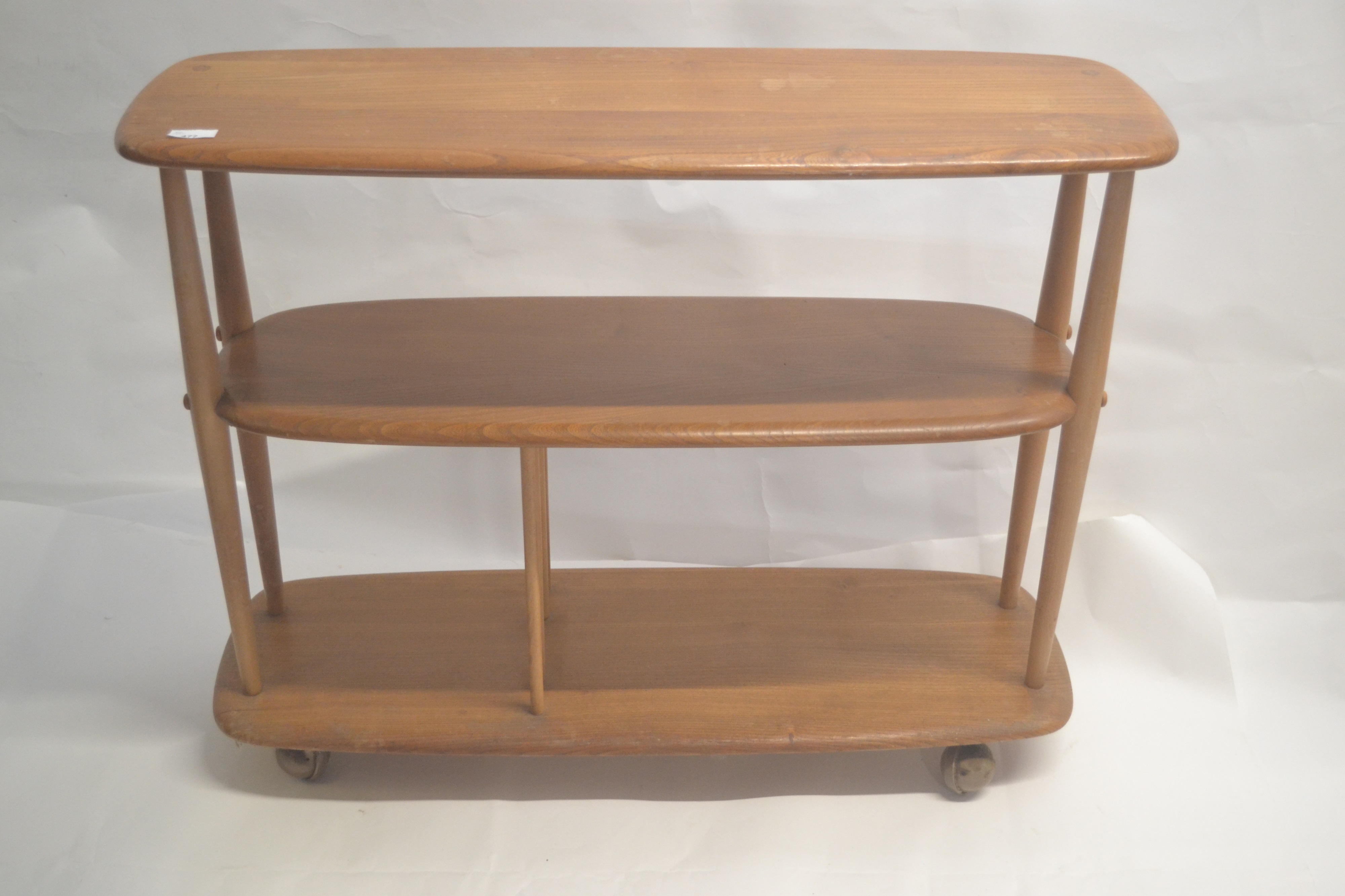

19/07/2025 General News
It is striking how fashions ebb and flow in the world of antiques, writes Henry Hammond. A style can be in vogue one minute, then fall completely out of favour, only to bounce back years later. This is the case with mid-century furniture; 20 years ago it struggled to find buyers, and yet now it is in huge demand in the saleroom. And one brand has a timeless appeal: Ercol
Initially known as Furniture Industries, Ercol was founded in 1920 by Italian-born furniture designer Lucian Ercolani, whose carpenter father had made picture frames for the Uffizi Gallery in Florence. Ercolani studied drawing and design at the Shoreditch Technical Institute, making his first piece of furniture, a musical cabinet, in 1907 at the age of just 19.
Ercolani’s philosophy was to design and make furniture built by highly-skilled craftsmen who took pride in their work. This was a good move: the company continued to expand, and in 1932 took over Walter Skulls Ltd, a struggling but respected chair maker.
As was the case for many companies, it was the demands of wartime which drove innovation at the firm. The factory had been repurposed at the start of the war to make tent pegs from pieces of wood which were too small to have any other purpose.
But in 1944 the Board of Trade tasked Ercol with making 100,000 low cost Windsor chairs, as part of the Utility Furniture Scheme, an initiative designed to cope with chronic shortages of raw materials.
Ercolani developed a new way of steam-bending elm wood, which until that point had been too liable to warp to be of use in such furniture. He came up with a streamlined manufacturing method using just 14 components, which meant that a chair could be made every 20 seconds.
This laid the foundation for the post-war success for Ercol. The production line Windsor chair, along with other pieces, went on sale in 1947, and found a ready market in post-war Britain, which was looking forward to a new design language with simpler lines and smaller pieces than what had come before. Ercol still makes this iconic chair, although today it is made from ash.
In the following two decades, Ercol furniture became synonymous with the emerging mid-century modern design, which was characterised by simple, functional forms and clean lines. This was the heyday of the company, but it continued to thrive and innovate and is still going today, with a 16,000 square feet factory in Buckinghamshire still ‘designing for comfort, function and looks’.
Ercol furniture was traditionally available in just three finishes: Dark, a mid-tone Golden dawn, and the classic Light (also know as Blonde). Modern pieces can be specified in more than ten different colours.
Whilst mid-century furniture fell out of fashion towards the end of the 20th century, it has definitely returned to the spotlight, with brands such as Ercol and G-Plan now much sought after in the saleroom. Buyers recognise Ercol as a classic of British design, with its exceptional attention to detail and high-quality craftsmanship.
Genuine vintage Ercol furniture can be identified by a label, which will indicate the year of manufacture. Sadly we do sometimes see imitations, so it is important to buy from a reputable dealer or auction house.
Despite being founded by an Italian immigrant, Ercol can be regarded as a classic British furniture brand, and it is encouraging to see it in demand again in the saleroom.
Keys monthly Antiques, Pictures and Collectables Sales often feature pieces made by Ercol. Meanwhile, the next Modern Art and Design Sale, which features a furniture section, takes place in October. If you have a piece of furniture you would like appraised, contact henry.hammond@keysauctions.co.uk.